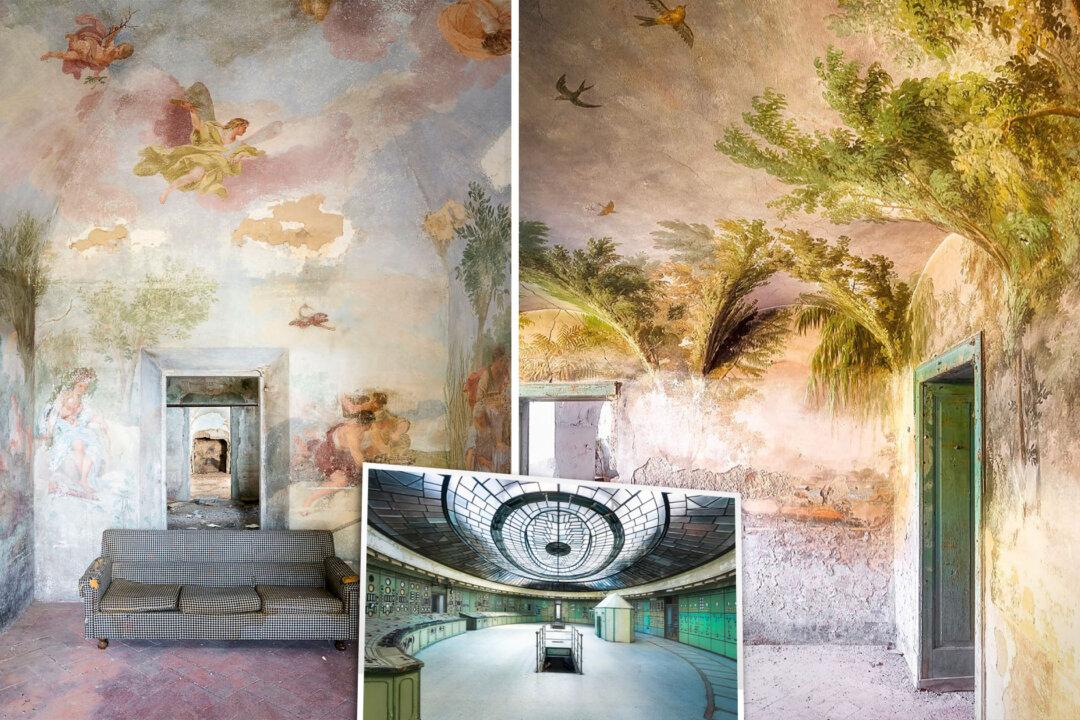Disclaimer: This article was published in 2023. Some information may no longer be current.
Through his lens, Dutch photographer Roman Robroek, 34, has captured the forgotten splendor of once-glorious abandoned buildings, offering us temporal insight into our present and future.






